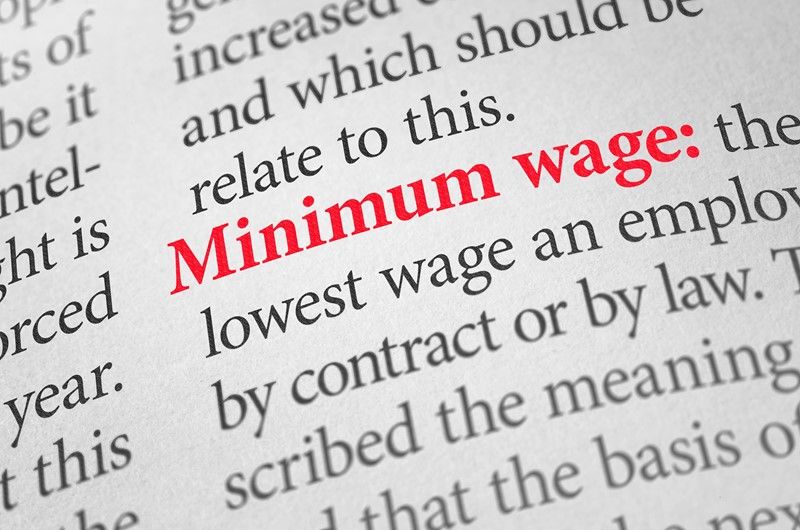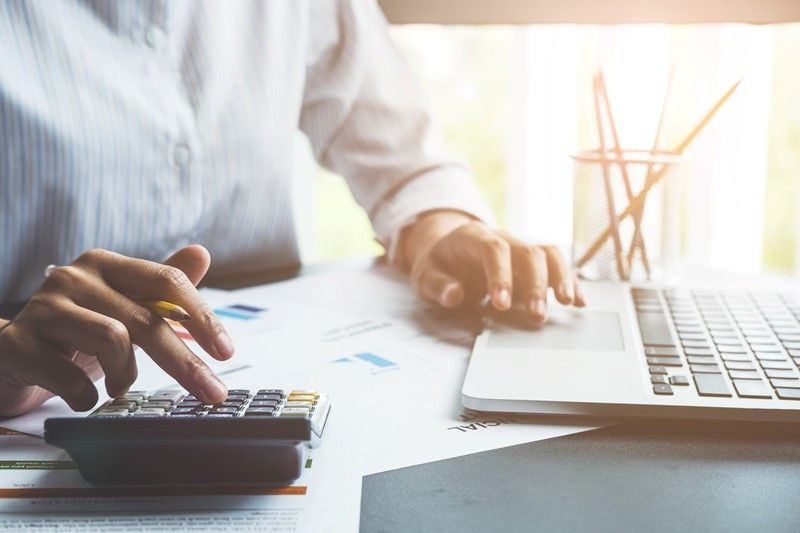Are you selling goods or services on a digital platform?
From 2024, platforms like eBay, Vinted and Airbnb must report seller data to HMRC, so check your tax responsibilities.
If you sell goods or services on a digital platform it is important to understand your tax responsibilities. This can apply whether your sales are a part-time income source or your main income. Even casual selling online may mean you need to report earnings and potentially pay tax.
You may need to pay tax if you engage in activities on digital platforms like:
- Buying and reselling items online or making things to sell (even as a hobby).
- Providing services online, such as tutoring, repairs, food delivery, dog walking, or equipment hire.
- Creating digital content, like podcasts, YouTube videos, or social media influencing.
- Earning income by renting out property or land, like letting a holiday home, running a bed and breakfast, or renting out a parking space on your driveway.
Since 1 January 2024, digital platforms (such as eBay, Vinted, Etsy and Airbnb) have been required to collect and report seller data to HMRC. The first reports covered the period from 1 January to 31 December 2024, with information submitted to HMRC by 31 January 2025.
The same rules apply in 2025, meaning income earned this calendar year (January to December 2025) will be reported by 31 January 2026.
Platforms must report your information if either of the following applies:
- You made 30 or more sales in the year.
- You earned over €2,000 (about £1,700).
The digital platforms will also give you a copy of the data they send to HMRC, which can help when completing your self-assessment return.
If you are earning money online you should ensure you check your tax responsibilities. The rules are clear, and platforms are now required to report many types of earnings directly to HMRC.




